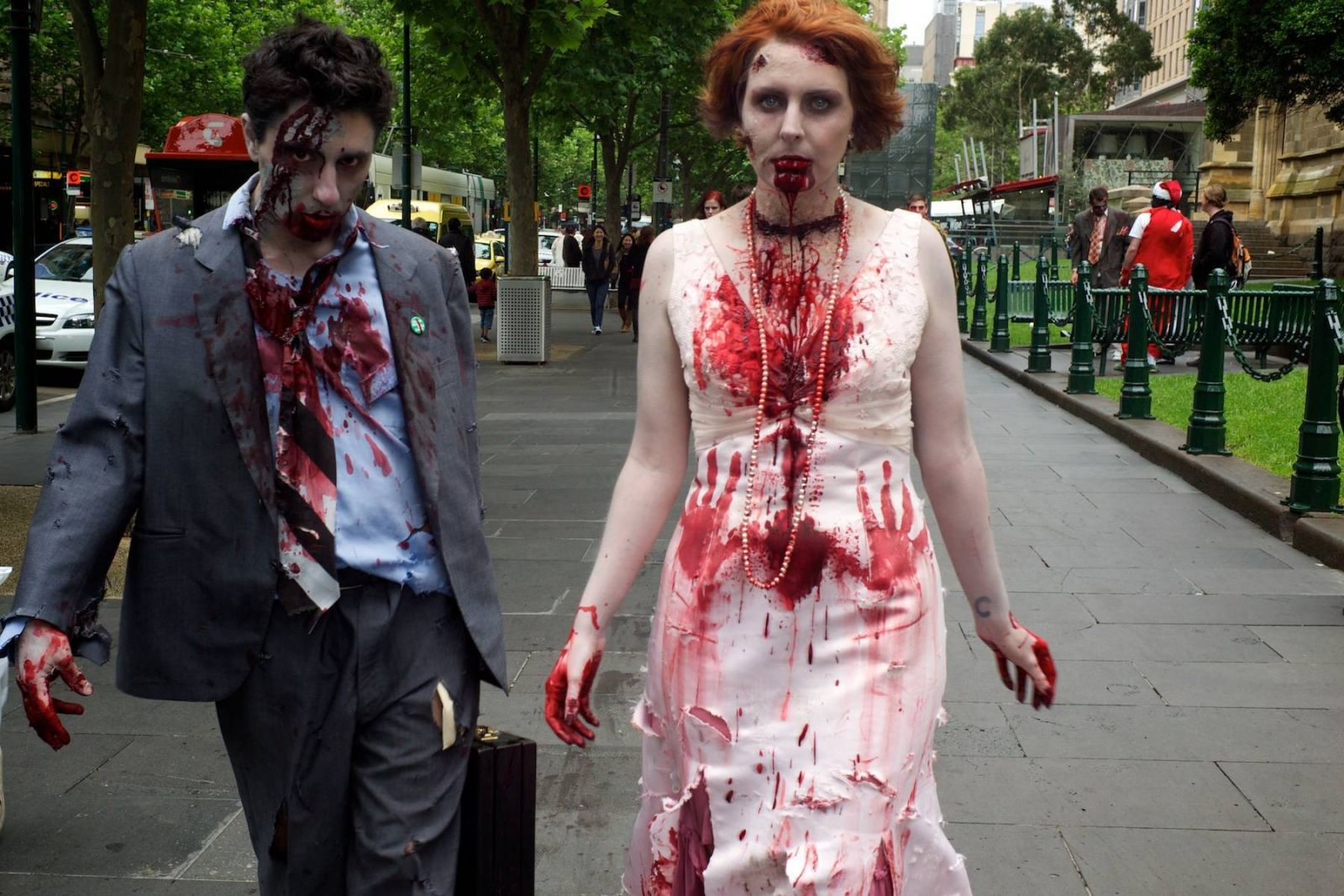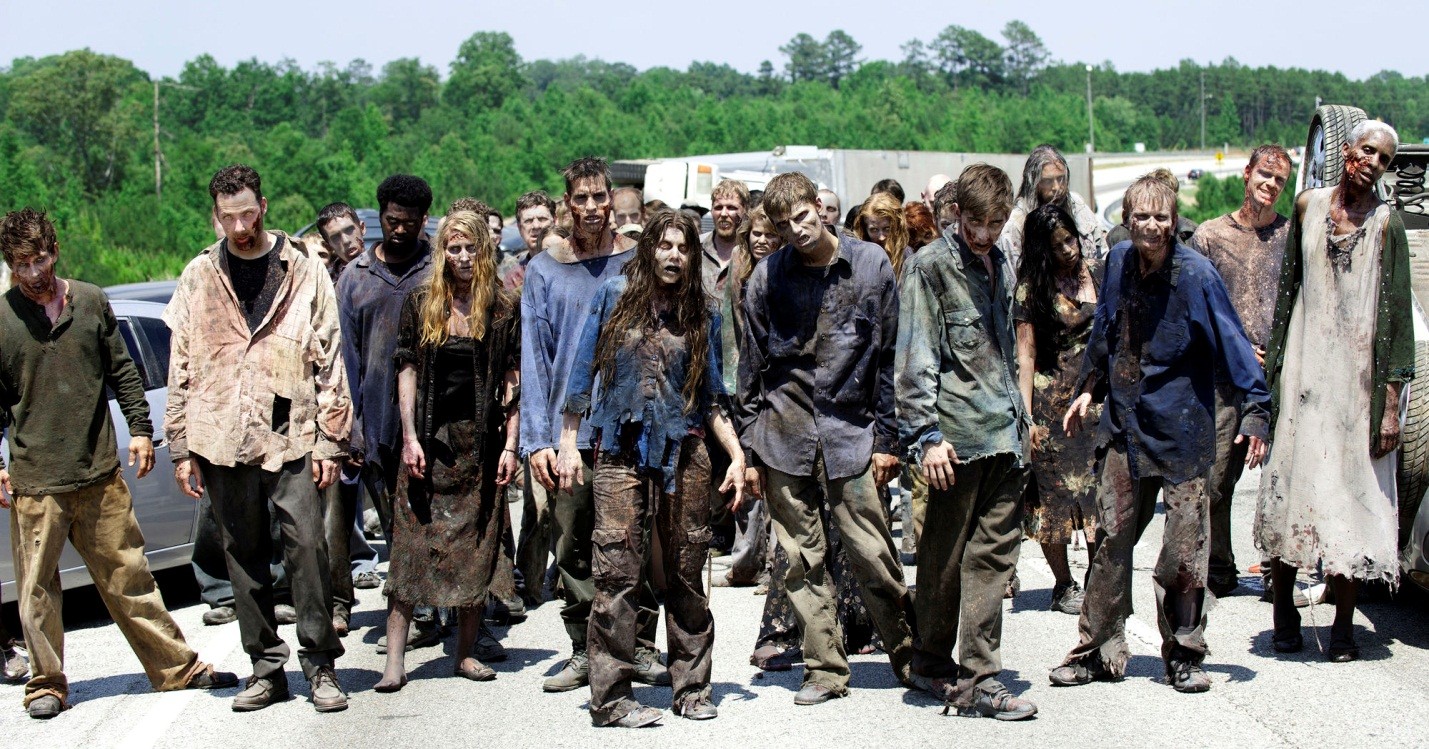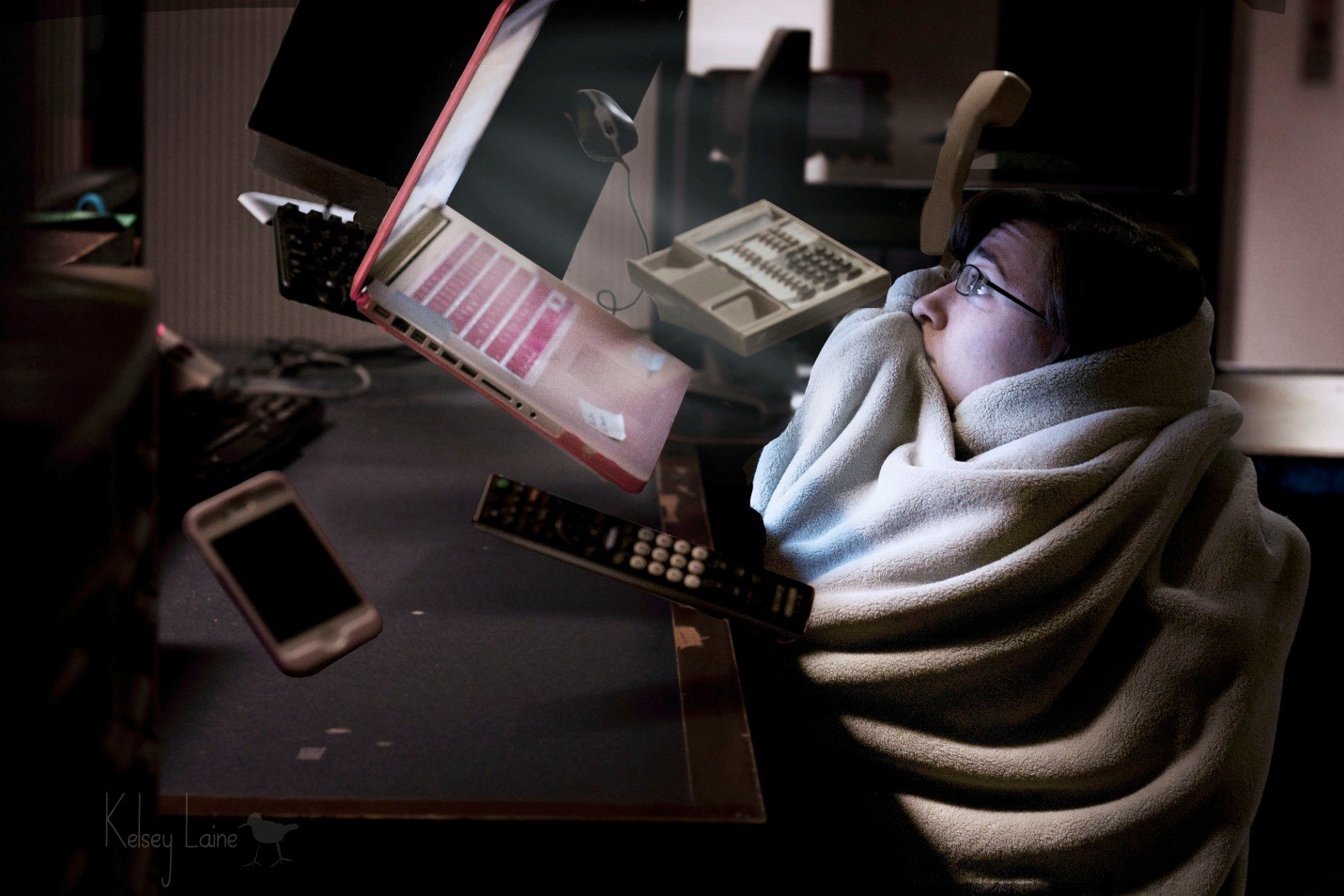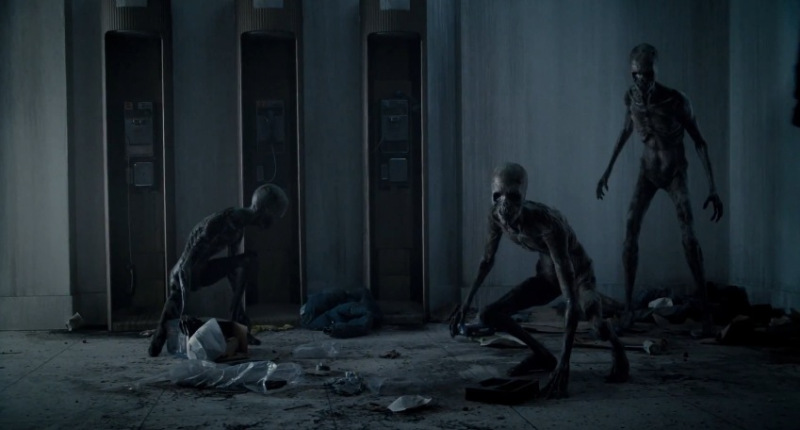Workplace superheroes are full of passion, energy and ideas. They never put the bare minimum of effort in any project you pass to them. Instead, they will grab the task with both hands, expand its scope and bring possibly best results. They are also good stress managers, cultural superheroes, and excellent team players. They make real efforts to connect with all of the fellow workers. They keep your team running seamlessly when you’re away. After all, they are still human!
Meanwhile, workplace zombies are stressed, panicked and driven into catatonic states. They are invading your workplace, infecting your team with tardiness and decreasing your productivity. Read below to learn how to spot them.
Related reading:
3 Types of Workers You Must Avoid
1. Newly infected

Perhaps they are the most dangerous kind of workplace zombie. They don’t know or don’t want to know they have been infected. All sorts of problems arise from this denial. Research states that 13% of workers lie to cover up their failed projects, missed deadlines or mistakes.
The symptoms are overwhelmed stares, nervous smiles, missing deliverables, unreported issues, floundering projects.
Their contagiousness level is 5/10 and damage is 9/10.
2. Shuffler

Without constant reminders, this kind of zombie has neglected work requests so many times. This negligence spills over into others’ tasks, infecting them with the same frustration and tardiness. 40% of employees are reported to miss deadlines sometimes or often.
The symptoms are lost requests, rash of overdue tasks, angry stakeholders.
Their contagiousness level is 7/10 and damage is 8/10.
3. The herd

They never question their workloads, quickly accepting requests, often inundated with tasks. They keep understaffed and overworked. By soul-crushing overtime, they are brought to the near-catatonic state. 50% of workers say they are understaffed, leading to work being done after hours. 50% of workers say they work over 40 hours per week.
The symptoms are depressed sighs, high amounts of overtime, two-week notices.
Their contagiousness level is 8/10 and damage is 6/10.
4. Thriller

This kind of zombie hides its lack of productivity behind a flashy cloak. This cloak often consists of vague numbers and only becomes more deceptive without actual work data. This zombie is rare, but still dangerous. 7% of workers admit to inflating their numbers to make the work performance look better.
The symptoms are conflicting data, lack of actual results.
Their contagiousness level is 5/10 and damage is 6/10.
5. Shifty

Through no fault of their own, they often quickly move from one project to another as priorities shift. 24% of employees say their work priorities shift daily, inducing wasted time and increased stress.
The symptoms are falling productivity, a growing backlog spreading to other teams, two-week notices
Their contagiousness level is 7/10 and damage is 8/10.
6. Runner

To deal with their rising workloads, they frantically send out meeting invites and emails. The more meetings and emails they create, the more they infect other team members. As reported, 31 hours are wasted per hour per worker in unproductive meetings, 304 business emails are sent to average employee every week.
The symptoms are frantic expressions, full inboxes, and sudden outbreaks of sticky notes.
Their contagiousness level is 10/10 and damage is 9/10.
7. Crawler

This kind of zombie undermines the power of the established processes of the team (i.e. speed and efficiency). Unfortunately, they have ‘quick results’ secretly suck up your resources whilst luring other team members. That makes this zombie more contagious.
Their contagiousness level is 10/10 and damage is 7/10.












Replies to This Discussion